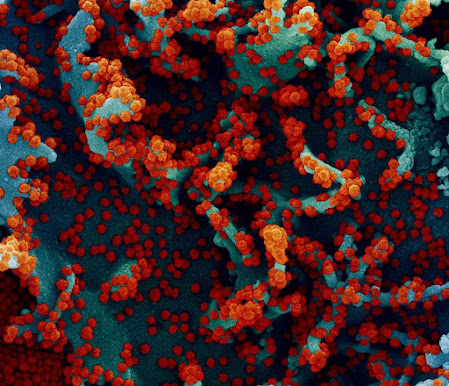 |
| Julia Tejada sampling a specimen of the North American ground sloth. (Copyright: Julia Tejada) |
Led by researchers at the American Museum of Natural History and published in Scientific Reports, the study contradicts previous assumptions about the animal and provides the first direct evidence of omnivory in an ancient sloth species.
Even though the six living sloth species all are relatively small plant-eating tree dwellers restricted to tropical forests of Central and South America, hundreds of fossil sloth species, some as large as an elephant, roamed ancient landscapes from Alaska to the southern tip of South America. Mylodon darwinii, also known as “Darwin’s ground sloth,” is thought to have weighed between 2,200 and 4,400 pounds and was nearly 10 feet long.
Based on dental characteristics, jaw biomechanics, preserved excrement from some very recent fossil species, and the fact that all living sloths exclusively eat plants, Mylodon and its extinct relatives have long been presumed to be herbivores as well. But these factors could not directly reveal whether an animal might have ingested food that requires little or no preparation and is completely digested, as happens in carcass scavenging or some other kinds of meat eating.














.jpg)

